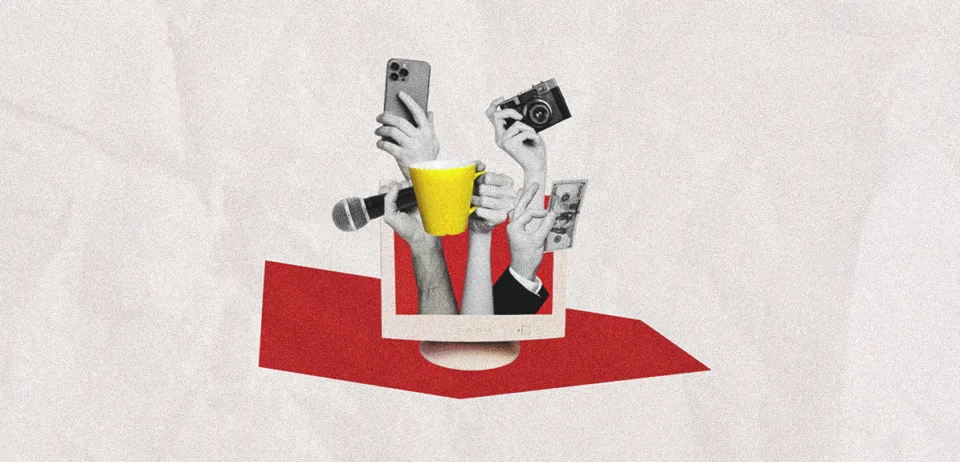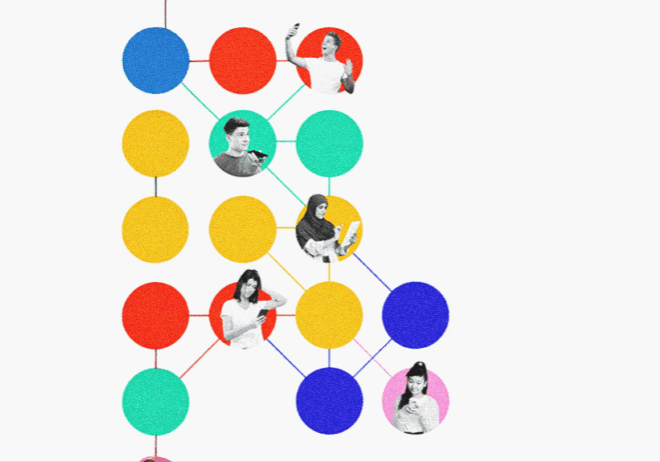
In Conversation: How UGC Turns Customers into Creators
User-generated content (UGC) isn’t just a marketing hack anymore—it’s the heartbeat of brand storytelling in 2025. Those days are gone when brands simply reposted customer reviews or tagged influencers. Instead, brands are now turning everyday shoppers into creators, letting them shape the narrative in real time. The focus is on trust, engagement, and making content feel authentic.
To explore the evolution of user-generated content, we spoke with Shruti Rajput, Associate Vice President at Sellryt—a leader in brand storytelling and strategic positioning. With a passion for creative innovation, she helps brands build authentic connections through engaging, customer-centric narratives. An avid traveler and philanthropist, Shruti draws inspiration from diverse cultures and real-world experiences.
Here’s her take on the latest UGC trends, brand challenges, and the power of community-driven content in 2025.
How UGC went from sidekick to superstar in today’s marketplace
“Social media has changed everything,” says Shruti. “E-commerce brands now integrate UGC into their marketing strategies through influencer collaborations, YouTube Shorts, and social-first campaigns that make product discovery seamless.”
Today, UGC is more than just product reviews—it’s the backbone of social commerce. Consumers don’t just share their experiences; they create shoppable, engaging content that turns passive scrollers into instant buyers. TikTok challenges, Instagram product tags, and unfiltered product demos bring an authenticity that traditional ads can’t replicate. A single viral video or hashtag campaign can catapult a brand into the spotlight, making UGC a powerful tool for visibility and trust.
Brands are embracing this shift by fostering communities where customers become storytellers. Instead of overly polished promotions, businesses now encourage organic content creation through branded challenges and interactive campaigns. This not only boosts engagement but also creates a seamless, authentic shopping journey—one where real people showcase products in a way that feels personal, relatable, and incredibly persuasive.
What are the key trends in UGC brand must watch in 2025
According to Shruti, brands are now moving beyond traditional influencer marketing and embracing more organic, community-driven content. “The trend is clear: consumers want to see real people using and enjoying products. Brands that engage their customers by encouraging content creation—whether through branded hashtags, product tagging, or challenges—are seeing higher engagement and conversions.”
One of the biggest trends in 2025 is the rise of AI-assisted content recommendations. AI tools help brands curate and amplify the best user-generated content, ensuring authenticity while maintaining brand consistency. Additionally, brands are shifting towards micro and nano-influencers—individuals with smaller but highly engaged audiences—because their content feels more genuine and relatable.
What are the challenges of UGC and how to solve them?
While UGC is a game-changer for e-commerce, it comes with its own set of challenges. Brands can’t just sit back and let content flow—they need to strike a balance between authenticity and control. As Shruti highlights, managing UGC effectively means addressing key hurdles like content quality, brand safety, and performance tracking to ensure it truly drives engagement and conversions.
The major issues center around proactive brand management during these campaigns.
“Brands must accept both the good and the bad when opening the doors to consumer content. The key is vetting creators while allowing enough creative freedom for authenticity. A single misstep in UGC partnerships can backfire, especially if the creator doesn’t align with brand values. Proactive brand safety strategies are crucial,” Shruti says.
Brand Safety & Reputation Management:
Sellryt has observed a surge in brands implementing UGC-first campaigns.
“The best brands aren’t scripting testimonials anymore,” Shruti explains. “Instead, they empower customers to share product experiences in their own style, making content feel organic and trustworthy.”
To effectively manage and scale UGC, brands are turning to AI-powered tools, design platforms like Canva, and social listening tools that track performance in real time. “The key is to elevate authentic voices—not over-polish them,” Shruti adds. “Not every piece of UGC will go viral or convert sales. Brands must continuously monitor engagement metrics to understand what resonates with their audience.”
Where are the biggest UGC opportunities in 2025?
“The biggest opportunities lie in personalization and community building,” Shruti explains. “Especially in FMCG and fast-moving product launches, consumers trust peer recommendations more than traditional advertising.” In today’s crowded digital marketplace, people crave content that feels relevant and tailored to them. That’s where UGC shines—it brings a level of authenticity that traditional ads simply can’t replicate.
As AI-driven algorithms continue to evolve, brands can take personalization to the next level, ensuring that consumers see user-generated content that aligns with their interests, preferences, and shopping behaviors. Instead of generic product promotions, potential buyers will be exposed to content from real people they can relate to, making their purchasing decisions feel more natural and trustworthy.
Ultimately, authenticity is what drives engagement. The brands that truly succeed will be the ones that empower customers to become their most credible advocates, turning everyday users into the most powerful voices in their marketing strategy.
What UGC strategies should brands opt for success in 2025?
So, how can brands unlock the full potential of UGC? According to Shruti, it all starts with understanding audience dynamics—what they value, how they interact with content, and what drives them to engage. UGC isn’t just about collecting customer-made content; it’s about fostering a community where consumers feel heard, valued, and inspired to contribute.
“Brands need to be mindful of which audience they want to engage and how they present their products,” Shruti explains. “UGC isn’t just a marketing tactic—it’s a feedback loop.” Businesses that listen to customer content, adapt their messaging based on real user experiences, and create spaces for genuine interactions will build stronger brand loyalty. Rather than simply chasing viral moments, brands should focus on long-term engagement—turning customers into brand advocates who keep coming back.
As UGC continues to shape digital commerce, brands that embrace authenticity, empower customers as creators, and utilize AI-driven tools for personalization will stand out in 2025 and beyond. The key is to make UGC an integral part of the brand experience—one that feels natural, engaging, and seamlessly connected to the customer journey.
Cut to the chase
Brands are transitioning to user-generated content (UGC) in 2025, empowering customers to create authentic, engaging content. AI and community-driven campaigns boost engagement, but brands must balance creativity with control to ensure alignment with values. Success lies in building loyal, personalized communities.


